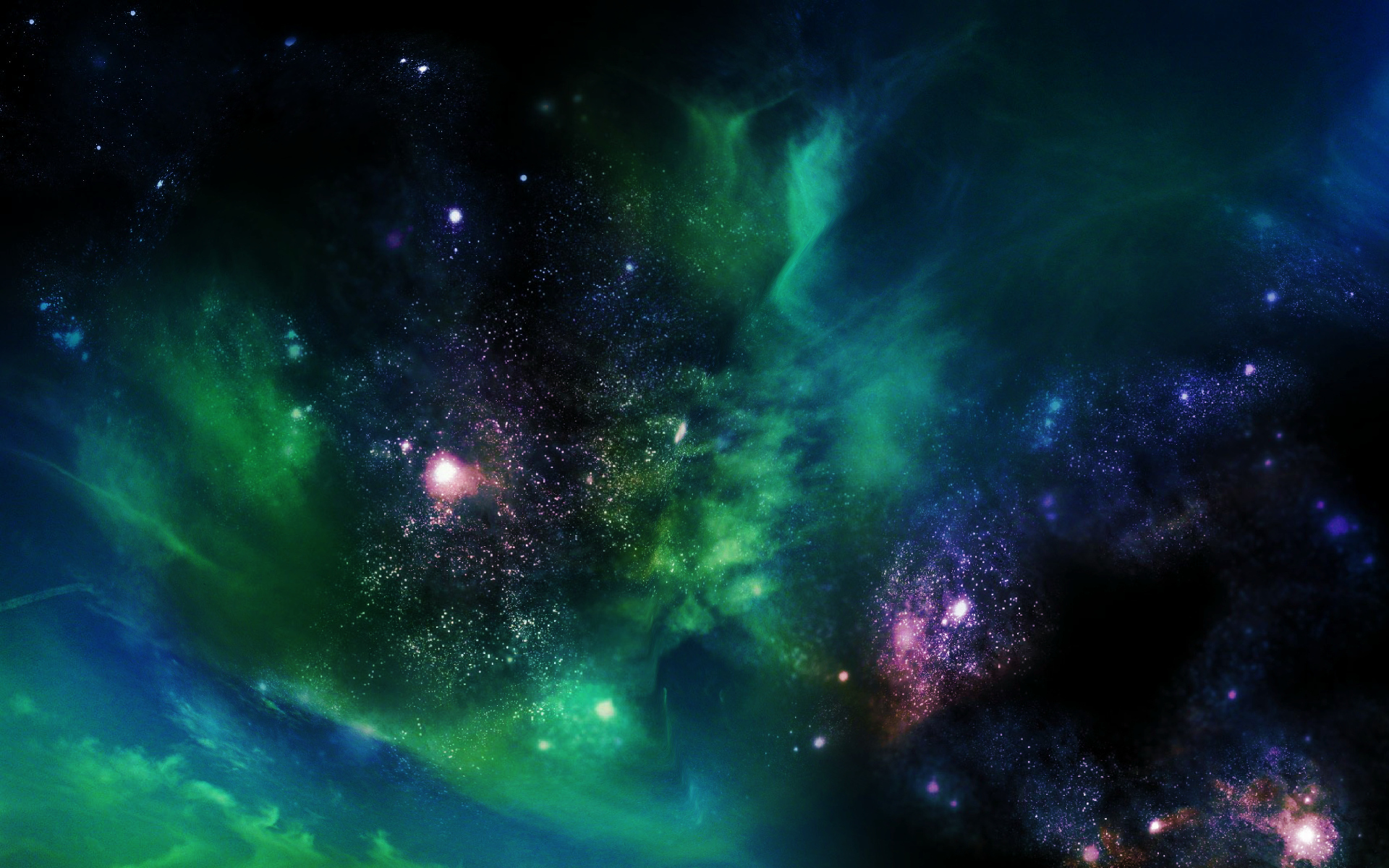
There is some evidence suggesting that our physical reality could be a simulated virtual reality rather than an objective world that exists independently of the observer.

One of the core assumptions of astronomy is that the universe appears the same in all directions, or it is isotropic. However, a recent study suggests that may not be the case.

It's calculated that, thanks to rapid inflation, the universe may contain more than 1 googol (10^100) stars, and if this is the case then more complex, life-sustaining RNA structures are more than just probable, they're practically inevitable.

Swedish researchers have devised a new model for the Universe, that may solve the enigma of dark energy. They proposes a new structural concept of a universe that rides on an expanding bubble in an additional dimension.

Technosignatures are what we humans would recognize as signs of technologically-advanced activity of an extraterrestrial intelligence.

UK researcher, Jamie Farnes, suggests both dark energy and matter can be unified into a single substance — a negative-mass ‘dark fluid.’ The theory may also prove right a prediction that Albert Einstein made 100 years ago.

A mysterious cataclysm in a neighboring galaxy was spotted in the sky above Hawaii last week, sending astronomers around the world scrambling to understand the source of the staggeringly brilliant flash.

While there is no physical evidence that parallel universes exist, the theories that explain how our universe came to be seem to suggest that they are inevitable.

A tiny fraction of dark matter could have a charge, allowing it to interact with regular matter during the time between the Big Bang and formation of the Cosmic Microwave Background, some physicists say.

The theory, which was submitted for publication before Hawking's death earlier this year, is based on string theory and predicts the universe is finite and far simpler than many current theories about the big bang say.

In the Search for Extra-Terrestrial Intelligence (SETI), a team of astronomers recently searched through the Kepler field to look for signatures of technologically-advanced civilizations.

Looking to the center of our galaxy, astronomers noted the presence of a mysterious filament extending from the supermassive black hole located there.

Merging Neutron Stars Challenge Existing Theories of Gravity and Dark Energy.

An international team of researchers have found an infrequent variation in the brightness of a forming star. Its repeated behavior suggests the presence of a hidden planet.